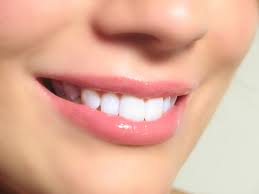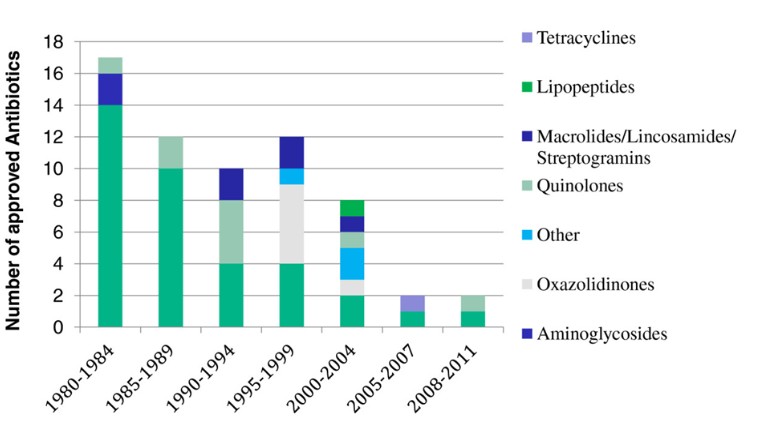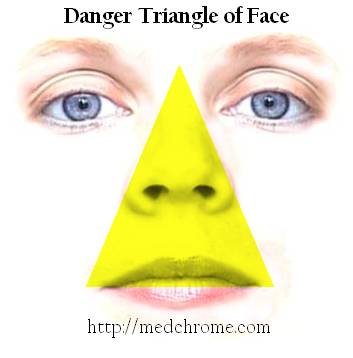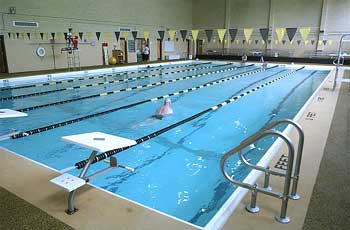Self-Ligating Orthodontic Braces – A Worthwhile Improvement

Orthodontics is primarily concerned with the facial growth, development of dentition and occlusion and the diagnosis and treatment of occlusal anomalies.
The most common form of treatment used to straighten crooked teeth includes fixed or removable braces. Fixed braces attach to the teeth and the wires help in controlling the movement. Wires are held in slots that are cut into brackets.
The brackets employ an elastic ring to hold the wire in the slot. The elastic ring is known as a ligature.
However, there are certain limitations to the current solution model, and now there’s a more viable alternative available in the form of an efficient ligature system known as self-ligation.
The influx of technology and research
The improvement in the domain of orthodontics has been brought about due to digital input. The majority of time that the dentists spend in treatment is for the orthodontic treatment planning.
Dentists and researchers in Canada opt for a system known as the Dimensional Dental Models for Computer automated treatment simulation, which has been developed in collaboration with the University of Minnesota.
Researchers in Vancouver have been working on developing invisible braces generated using 3D imaging. Likewise, prominent dentists and researchers such as Dr. David Morrow at York Mills Orthodontics have drawn comparisons between self-ligating, clear and lingual braces. He has been able to establish a six month braces trend, which greatly reduces the time that people have to spend with braces.
The efficiency of self-ligation
There are a number of reasons as to why self-ligation design is better and efficient for brackets.
– It provides complete and secure wire engagement.
– There is much less friction between bracket and wire.
– The time to change wires is reduced.
– The visits to the orthodontist are reduced for change wires.
– It provides between oral hygiene.
– Infection control is better mediated.
Also important to note is the recent improvement made in the domain of self-ligating braces. They can now be fabricated using polycarbonate shells that have good tensile strength and are less of a burden for the dentist. Such self-ligating braces are better than those made from plastic or metal because polycarbonate provides rigidity, wear resistance of the tab on the cap (securing the wire) and also being able to secure lock the cap into its right place.
In a research survey to test the pain threshold of self-ligating braces, it was reported that the ligating ones caused much less pain. Furthermore, the patients in the study reported that they were comfortable with tooth brushing and oral hygiene. It also showed that the self-ligating braces were 6.5 times quicker than other types of braces during the arch-wire changes, validating the reduced chair side time.
That being said, the braces structure in general has been improved with the advancement and integration of technology in healthcare. 3D modeling of the teeth and the input being provided from other fields such as computational biology means that more efficient and customized braces can be made.
The self-ligating type is better off since it has room for evolving with technology. The main structure of this type of braces accommodated a wide range of unequal teeth. So, the quality of treatment is also managed in a better way. More professionals are expected to introduce this solution in years to come.
Article By Jennifer Smith






